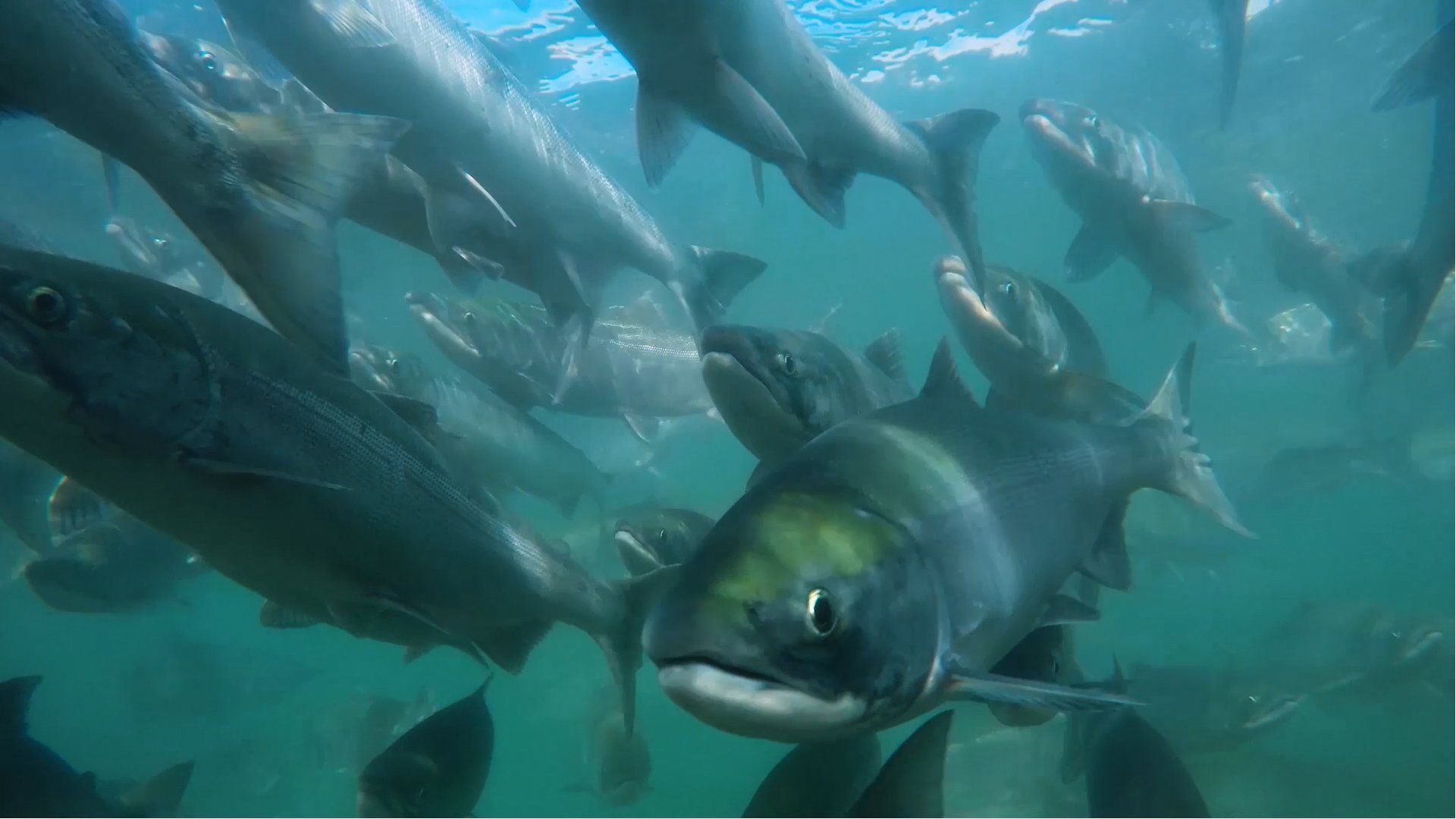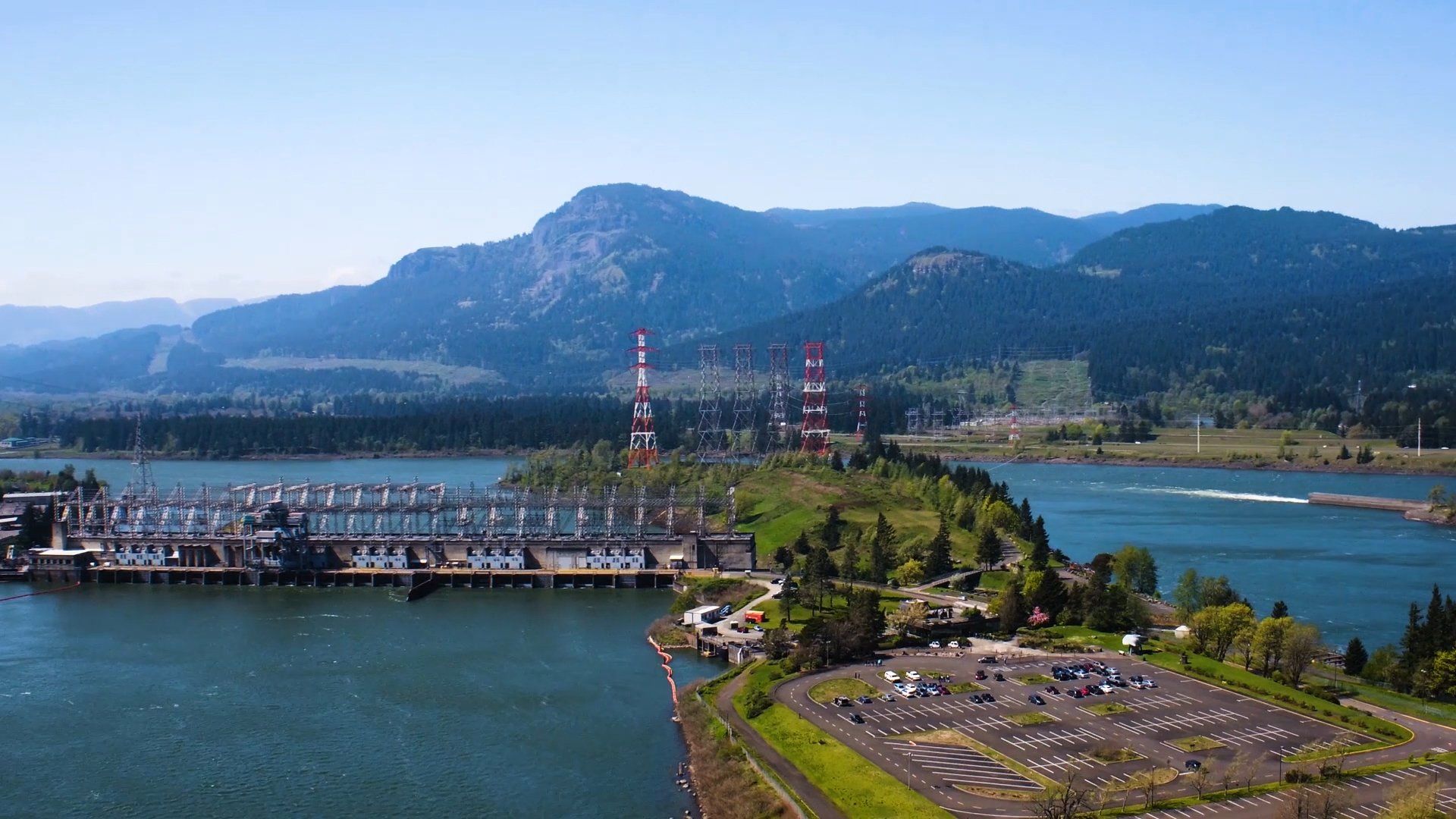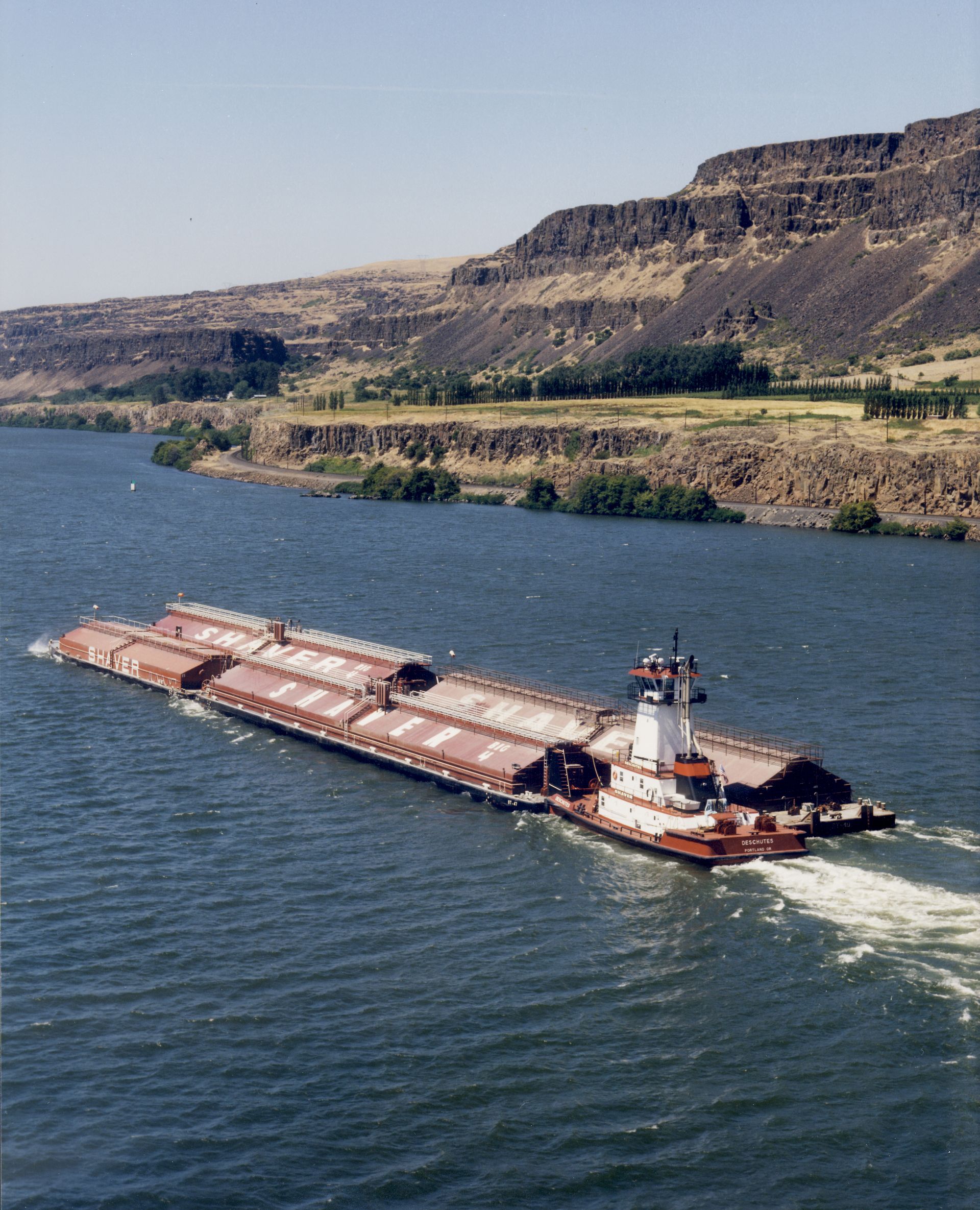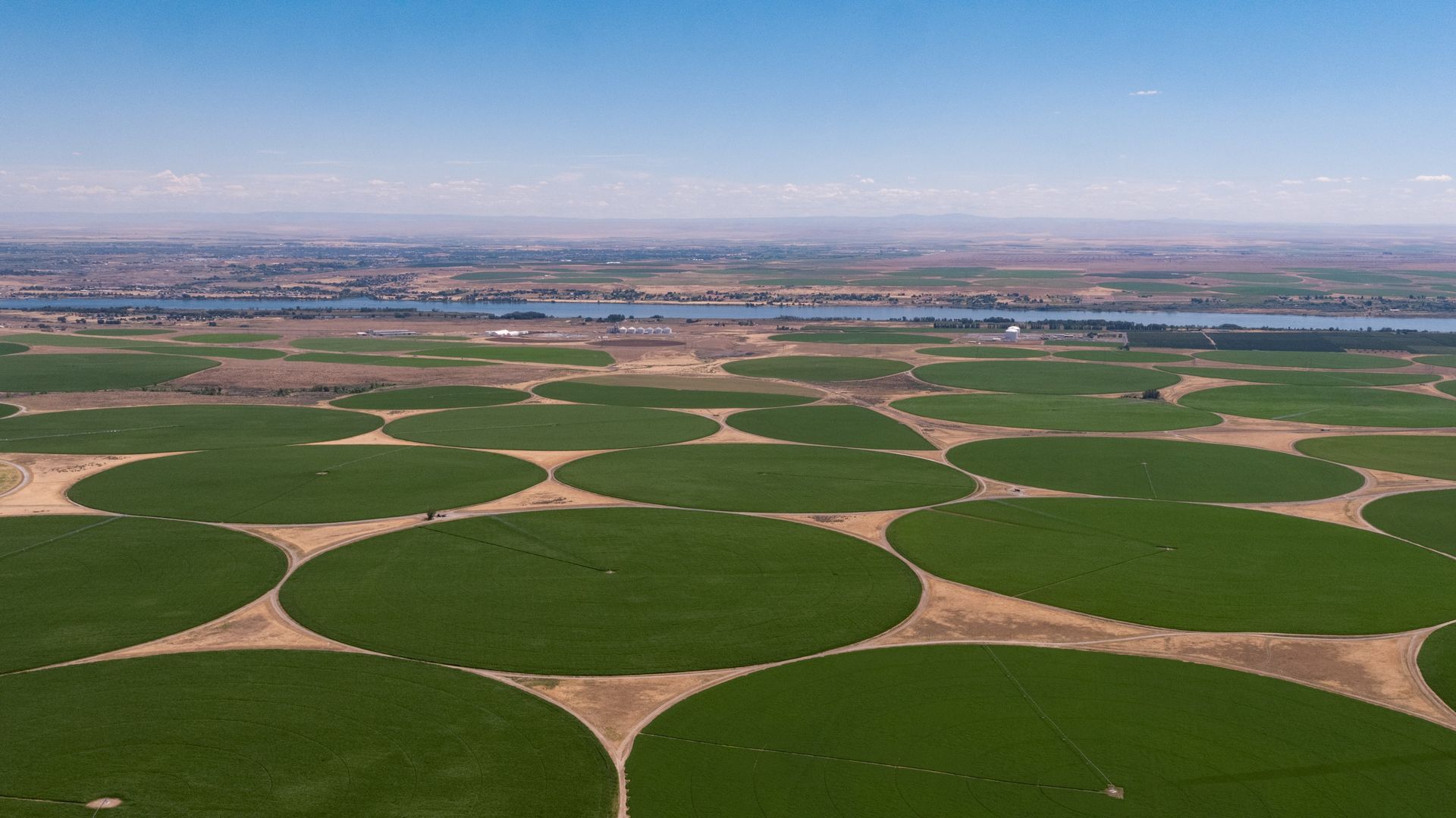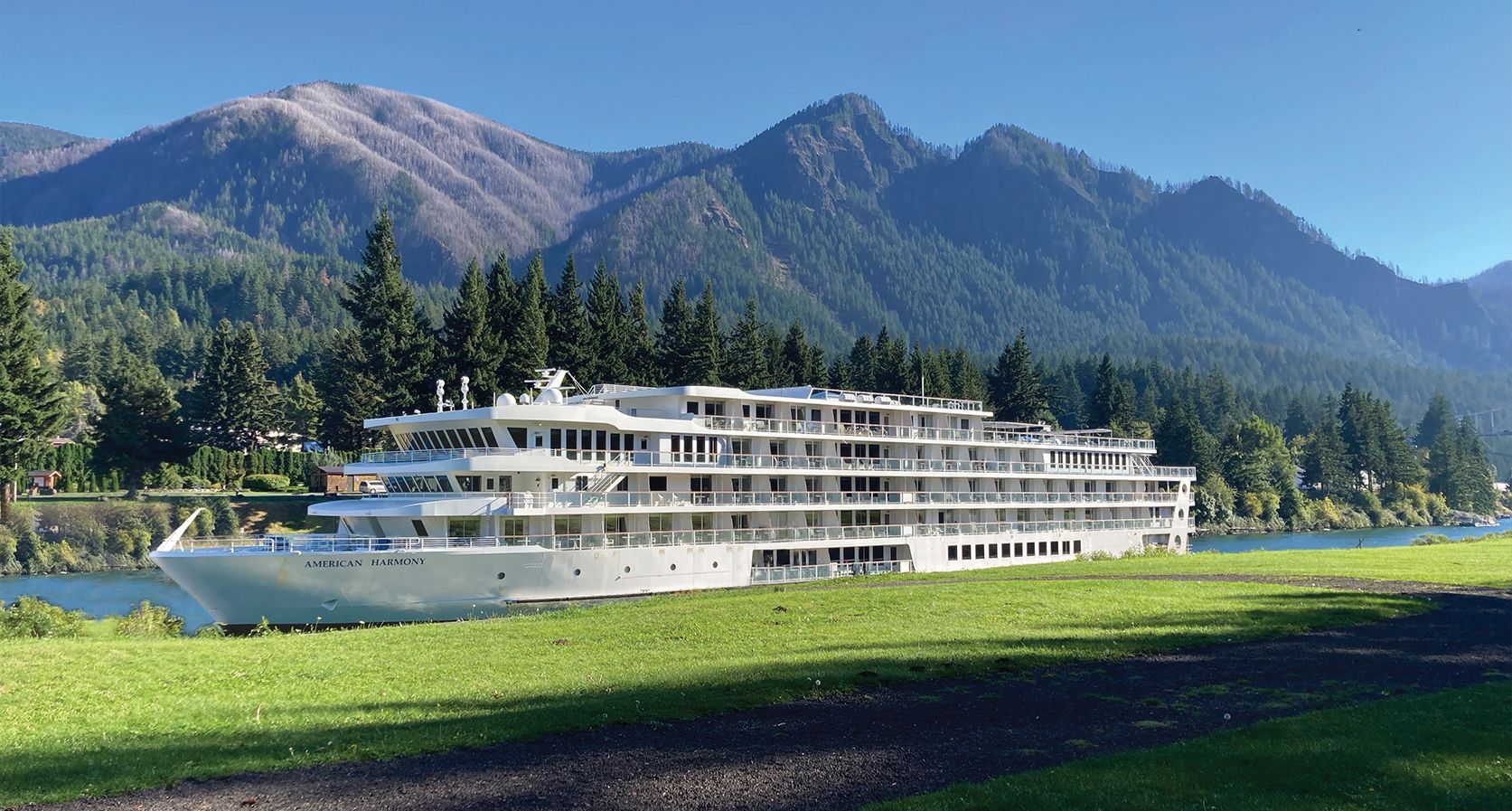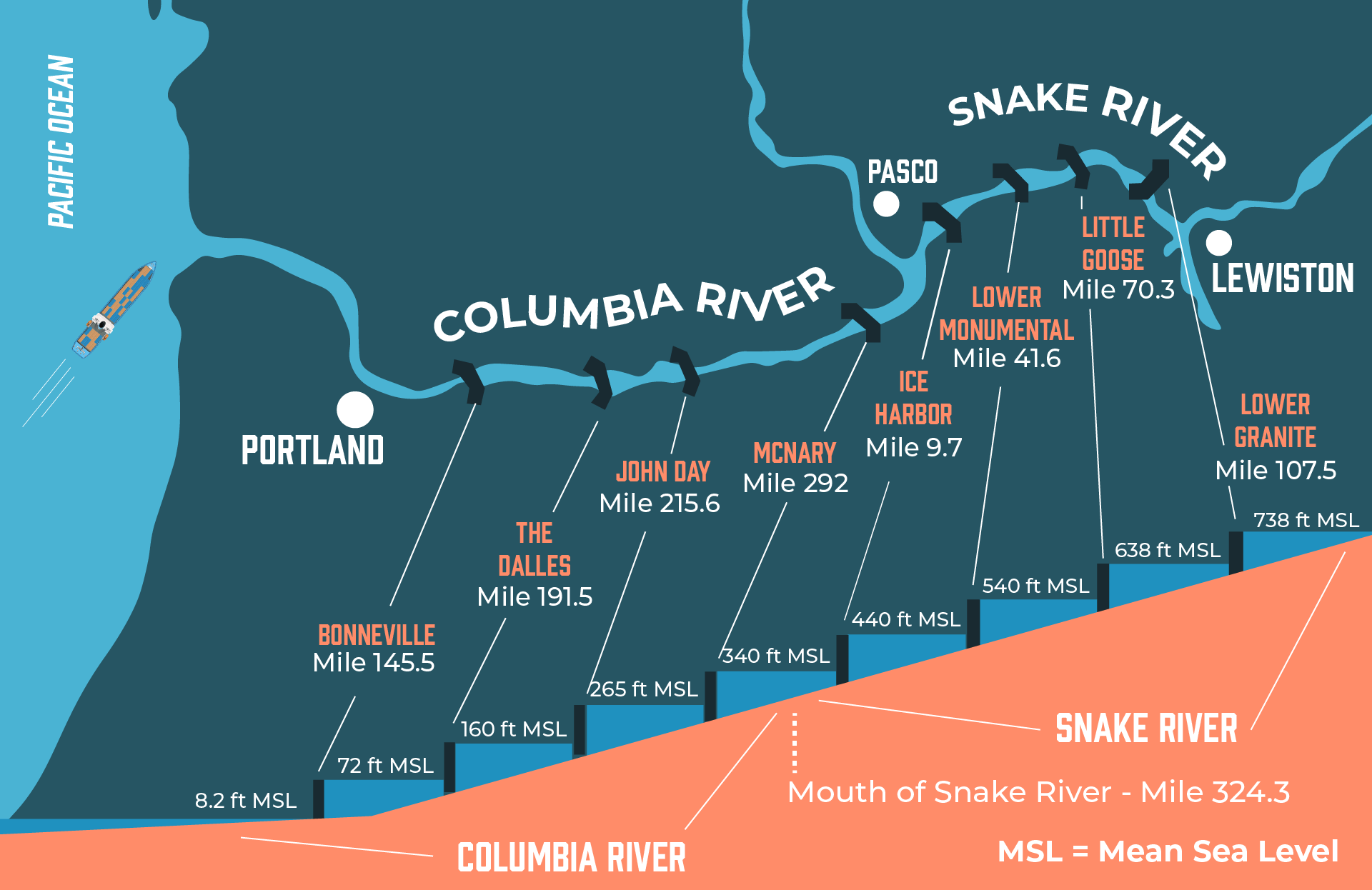An initiative signed by the Biden administration is exploring a dangerous potential to remove the four lower Snake River Dams, which would simultaneously cripple our region’s economy and our fight against climate change. While the initiative argues dam removal could lead to the recovery of several salmon species, this action would have significant consequences, including serious impacts to irrigation, power supply, and transportation.
A
recent article in the Capital Press by Matthew Weaver examined these consequences in detail, highlighting the potential environmental and economic impacts of dam removal.
Current science cannot predict the effects of dam removal on salmon survival.
Although the new initiative seeks salmon recovery, the complexity of other environmental factors that affect salmon survival rate prevents any guarantee that dam removal would lead to recovery of salmon populations. Complications such as warming oceans and delayed mortality make it impossible for current science to predict the effects of dam removal on salmon survival.
What we do know is that dam removal would halt barging operations on the Columbia, diverting the transportation of goods to trains and trucks. This shift would impact about 10% of all U.S wheat exports that rely on the lower Snake River dams to reach Portland/Vancouver barges. Shifting from river to overland transportation along the Columbia River would greatly increase the carbon footprint of wheat production, resulting in emissions surging by more than 1.25 million tons per year.
Eliminating barging would put more trucks on the road and generate 1.25 million tons of harmful emissions.
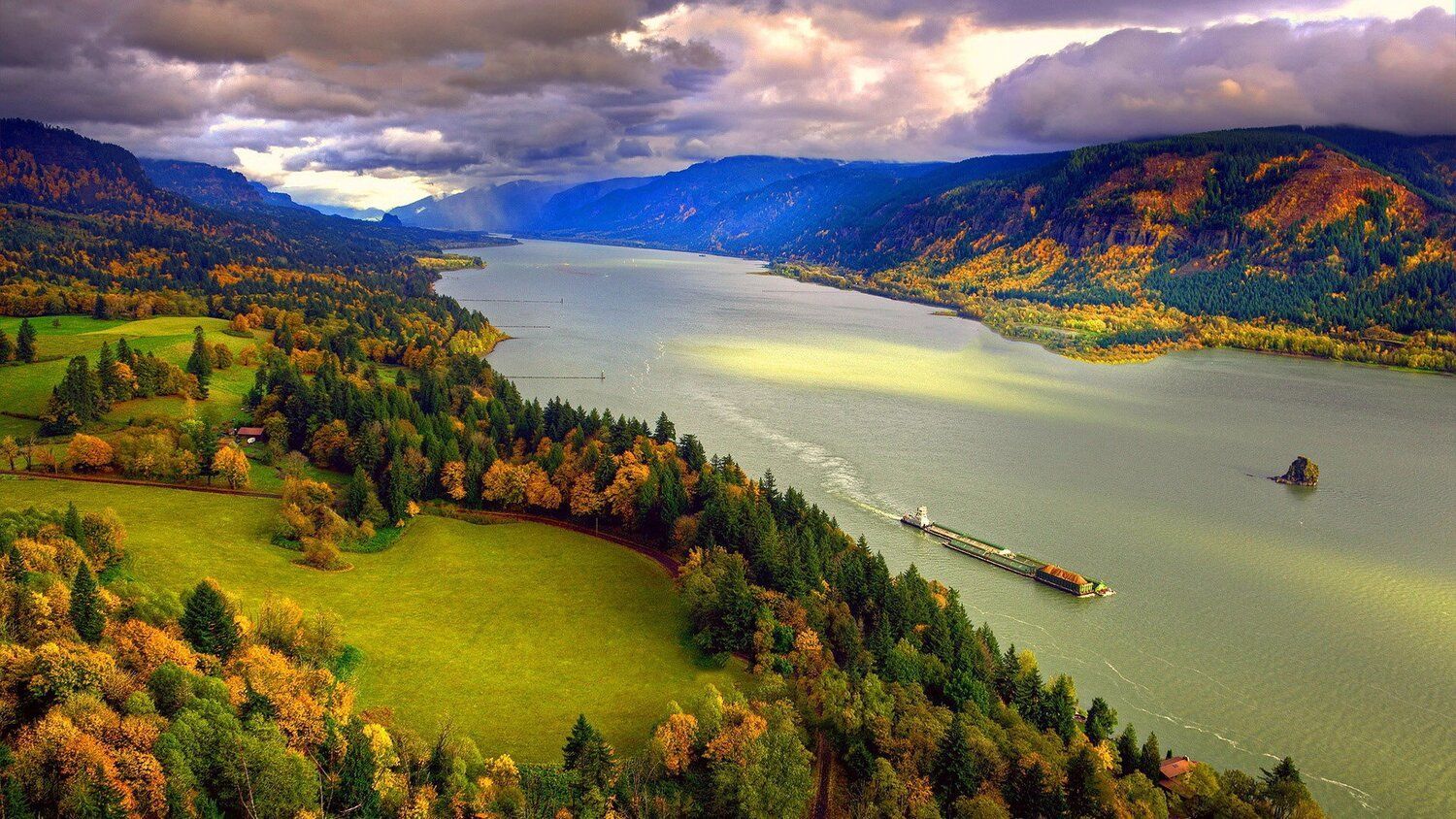
Dam removal would also severely affect irrigation, impacting more than 400,000 acres of highly productive farmland. It would take an estimated $1 billion to mitigate the disruptions faced by local farmers after the dam removals, and years to recover lost tree orchards. The necessity of building pump stations would also impose significant financial burdens on farmers, potentially leading to bankruptcy for many farms and causing job losses and reduced wages for thousands of families.
Removing many of the hydroelectric dams that power our region would drive up utility costs. As Oregon and Washington shift to intermittent energy sources like wind and solar, losing this reliable, clean energy from dams would be costly to consumers and leave the states struggling to meet increasing clean energy demands. The lower Snake River dams also provide essential baseload power that can be adjusted near instantaneously, crucial for meeting power grid demands during emergencies such as extreme weather. This adaptability is vital as our energy grid faces increasing strain from electronic devices, data centers, and more electric cars on the roads.
Dam removal would impact the economic vitality and lives of millions in our region.
In addition to these challenges, the economic ripple effects of dam removal would reverberate across industries, impacting job markets, recreational activities, and the overall ecosystem of the Columbia and Snake River regions.
Read more about the impacts of dam removal in Weaver’s article in the Capital Press:
What if ... A look at the fallout if the lower Snake River dams are demolished
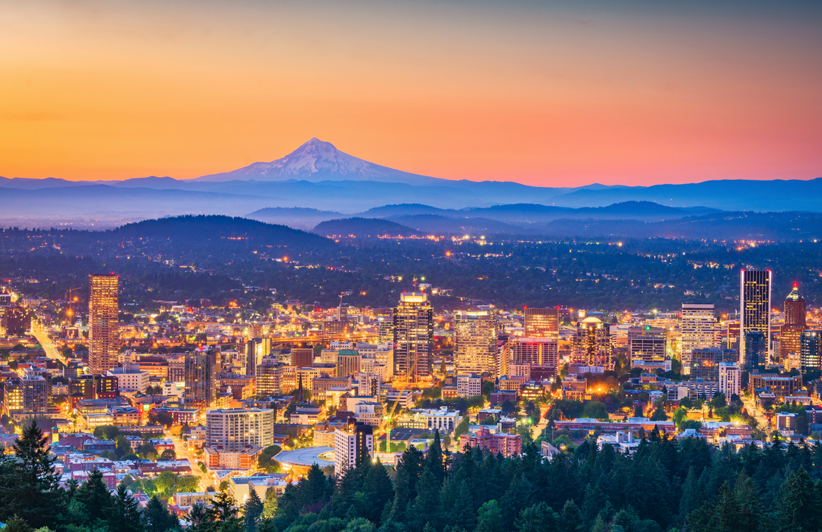
Share your river value
We all benefit from the federal system of dams and locks on the Columbia Snake River System. Whether you appreciate clean and reliable electricity, irrigation for farms, or affordable and fuel-efficient shipping, the Columbia Snake River System connects the Pacific Northwest to the world and keeps our region strong and balanced.
We’re looking for personal stories to share from our community about how the River System supports your life. If you’re a resident, worker or business owner who appreciates the public goods created and supported by the Columbia Snake River system, we want to share your story!
